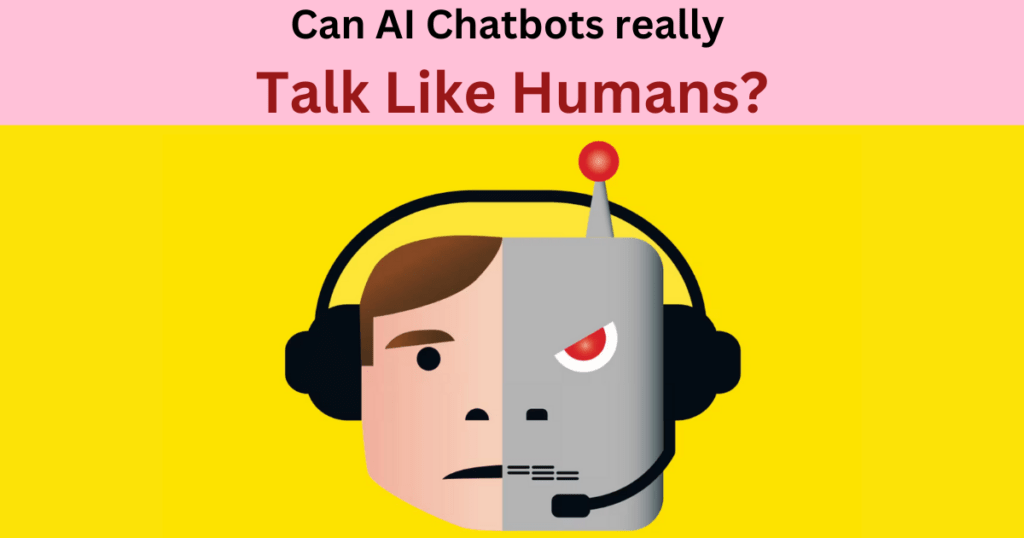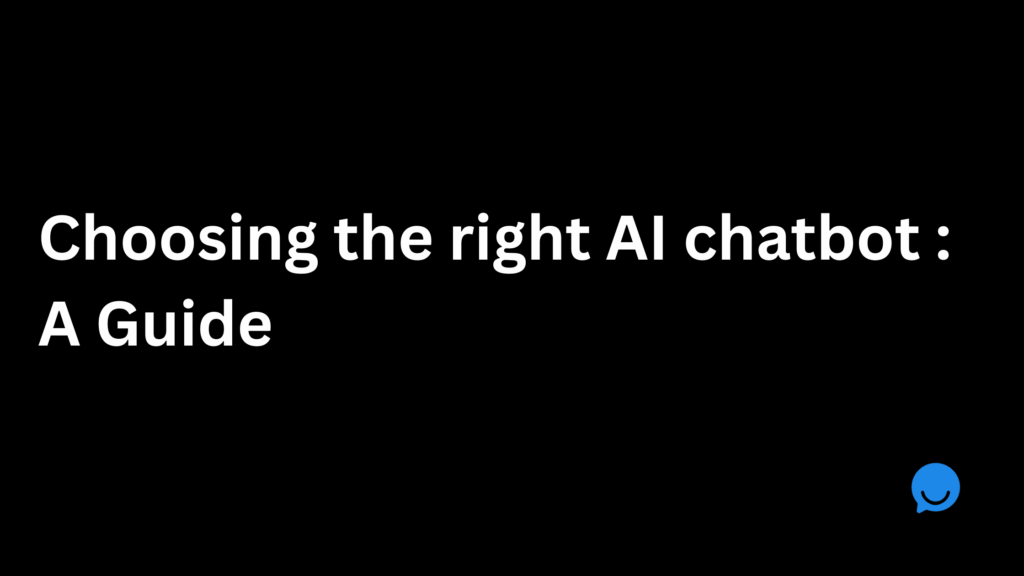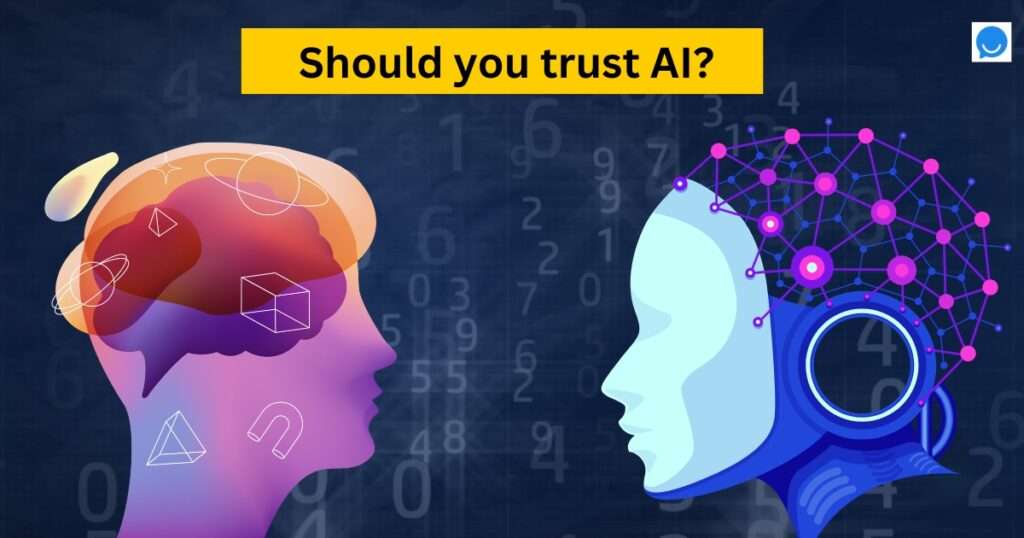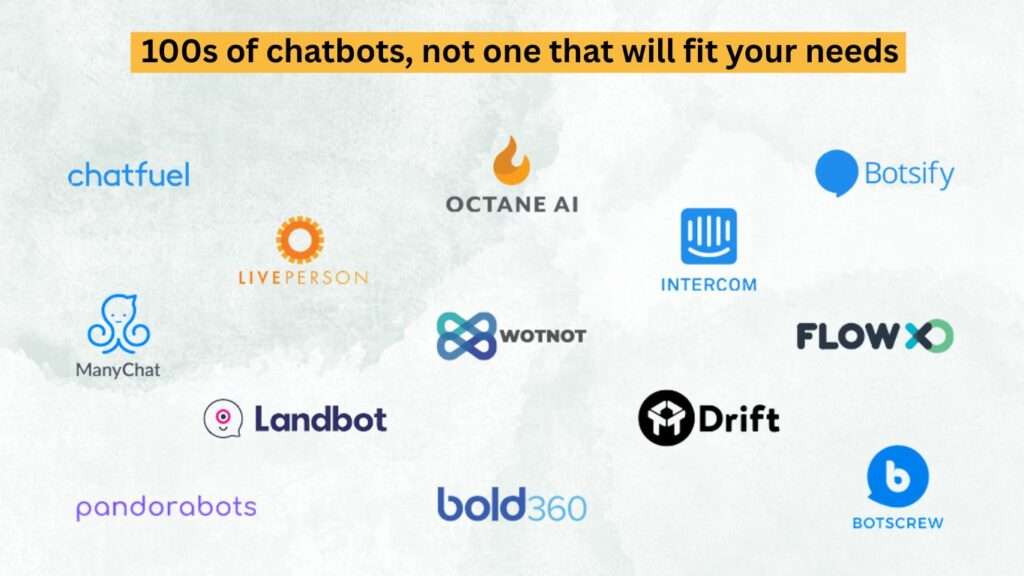Discover if AI chatbots can truly converse like humans. Explore the capabilities of AI in natural language communication.
The boundaries between human interaction and technology continue to blur in an increasingly digital world. The machines are getting better at chatting with us.
But the question is, what are AI chatbots? How come they have the intelligence to understand human emotions?
AI chatbots are computer programs that try to understand and reply to what we say. They use fancy tech like language processing and learning from data to figure out what we mean. You’ve probably talked to one on a website or asked Siri or Alexa for help.

But how come AI chatbots understand what we say?
When we talk with each other, it’s not just about words. It’s about understanding feelings, jokes, and what’s happening around us. Nowadays AI chatbots not only answer questions but also try to understand what we say through a process called natural language processing (NLP).
It’s like teaching them to understand our language, just like we learn to understand each other.
How AI Chatbots work like humans
- Breaking Down Words: First, the chatbot breaks down our words into smaller pieces, like a puzzle. It looks at each word and tries to figure out what it means. This helps the chatbot understand what we’re saying and respond in a helpful way.
- Understanding Context: After breaking down our words, the chatbot puts them together to understand what we’re talking about. It’s like solving a jigsaw puzzle—each word is a puzzle piece, and when you put them all together, you see the whole picture. For instance, if you say “I’m hungry,” the chatbot knows you’re talking about food. By looking at the words as a group, the chatbot gets a better idea of what you mean and can respond in a way that makes sense.
- Learning from Data: One of the key mechanisms driving the intelligence of AI chatbots is their ability to learn from data. By analyzing vast datasets of human interactions, chatbots can identify patterns, trends, and common conversational structures. This iterative learning process empowers chatbots to continually refine their understanding of language and improve the accuracy of their responses over time.
- Generating Responses: Once the chatbot understands what we’re saying, it’s time for it to reply. It takes what it knows and picks the best answer to help us out. Just like a helpful friend, the chatbot tries to be friendly and give us useful information. It’s like having someone there to chat with and lend a hand whenever we need it.
So it’s very hard to understand if we are talking to a human or an AI chatbot.
Several real-world examples demonstrate the potential of conversational AI to engage in meaningful interactions. Businesses across various industries are leveraging AI bots for customer service, sales support, and personalized recommendations. Companies like Google, Microsoft, and OpenAI are continuously pushing the boundaries of conversational AI through innovative products and research initiatives. Nowadays chatbots are so advanced that they even understand patient’s needs and help them give advice based on the conversation.
Beyondchats has built a similar kind of chatbot for one of its clients Dr. Malpani who is an IVF doctor. The chatbot understands human emotions, what the patient is going through and advices based on its knowledge. In case the chatbot is not able to give advice it tries to convince the patient to visit the doctor.
Looking ahead, the future of conversational AI is promising. While continued advancements in AI technology may lead to more lifelike interactions, questions remain regarding the ethical implications of AI-powered conversations. It is essential to tread carefully and consider the societal impact of AI’s role in human communication.
And the answer to, can AI bots really chat like humans? Yes, chatbots are now so advanced that they don’t depend on some Q&A, they can easily understand human emotions and respond accordingly. As mentioned above, Beyondchats has figured out how to deal with human emotions, the chatbot understands how to handle human queries and answers them really well.
It’s exciting to see how far we’ve come, but we also need to think about how we use AI responsibly. As we keep improving, maybe one day we’ll have AI friends who chat just like real humans.




